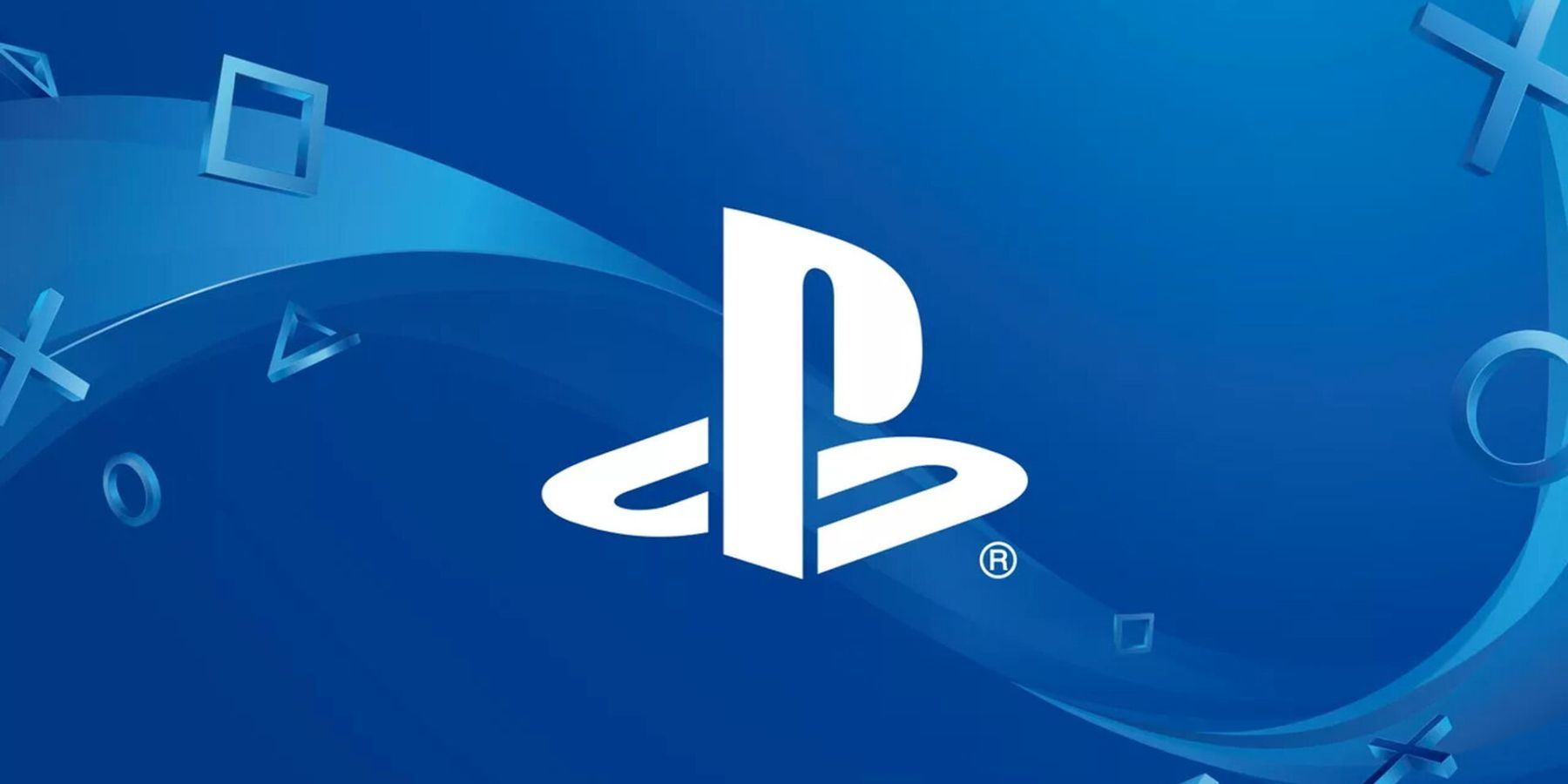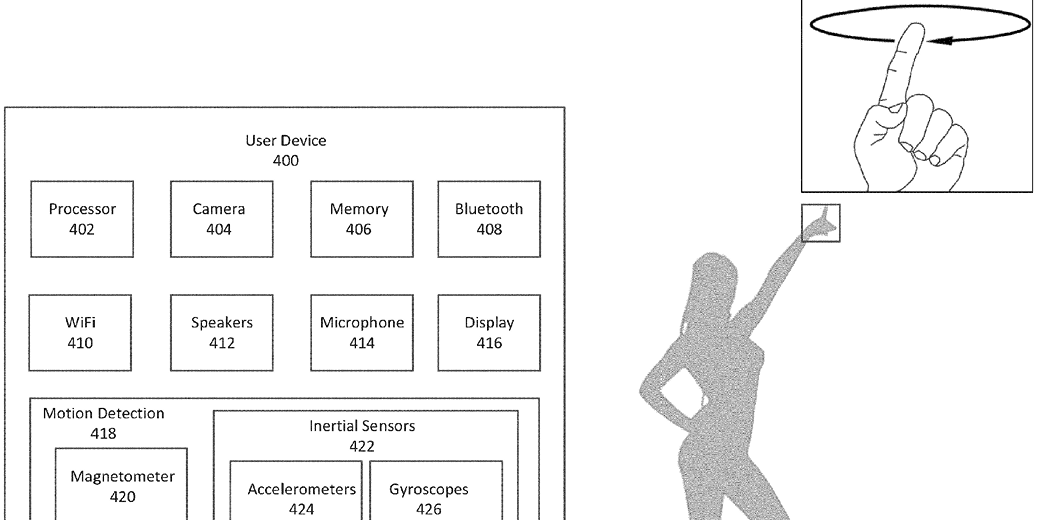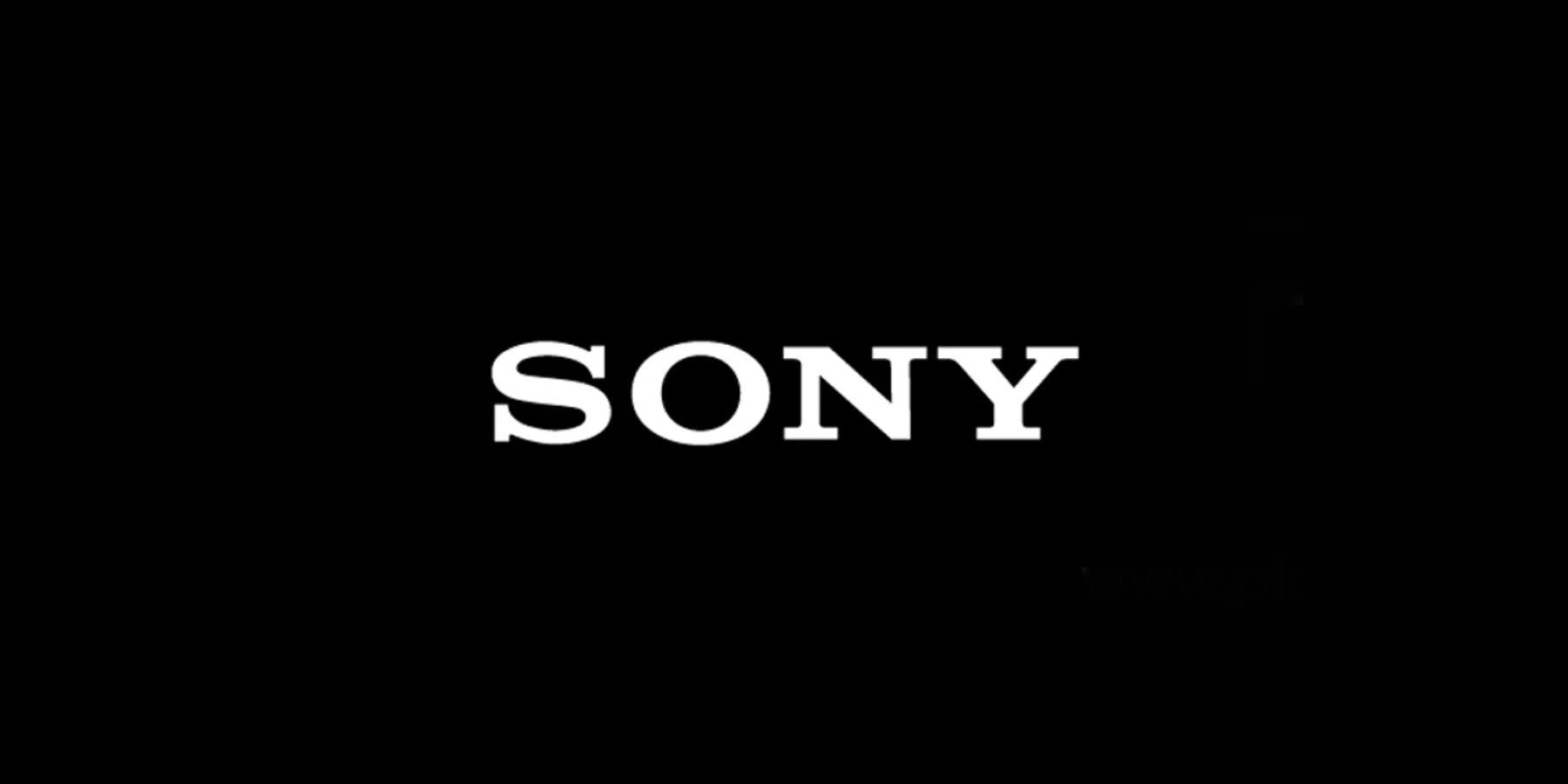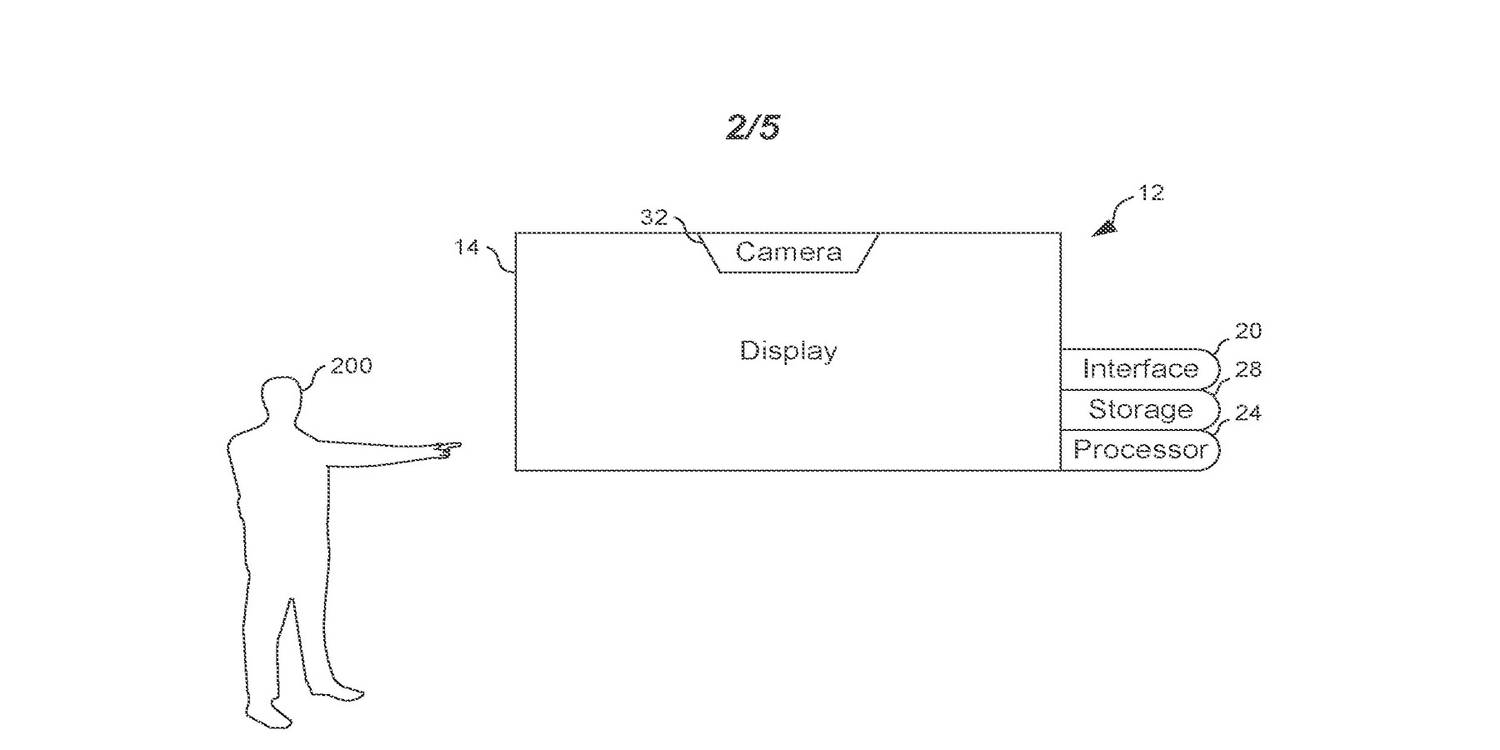IbizaPocholo
NeoGAFs Kent Brockman

Sony Working on Movement-Based Navigation System
Sony is developing what could be the next big thing in VR, and this new technology can take our interactions in the virtual world to the next level.
Sony is developing a new movement-based navigation system that helps players better interact with the virtual world around them. This new device is said to be able to store “custom complex movements,'' in memory to enhance a player’s interaction with the digital environment. It is unclear yet whether this technology will be developed specifically for VR purposes or if this will have applications in console gaming in general. But with the recent struggles of Sony's PlayStation VR2, the media giant may be looking for ways to improve its virtual reality headset, and this movement-based navigation system might be the perfect way to do so.



